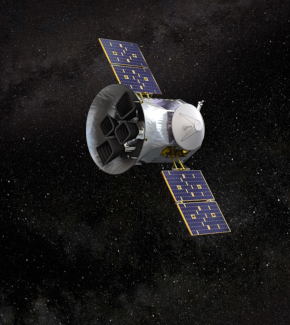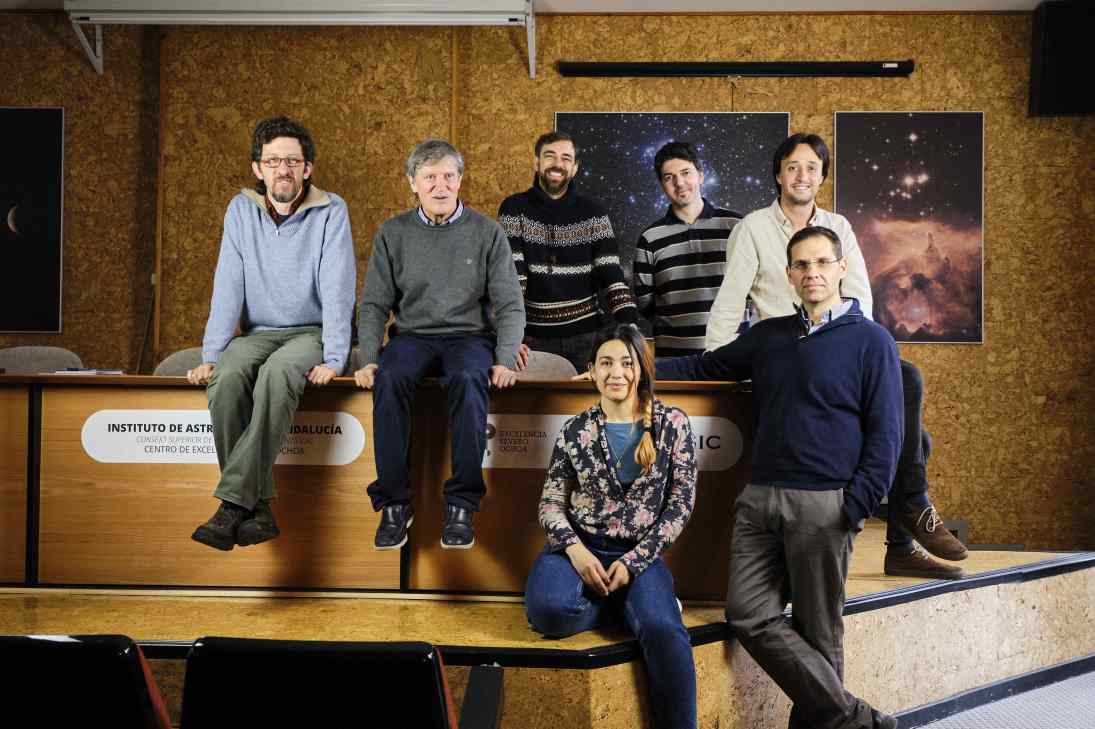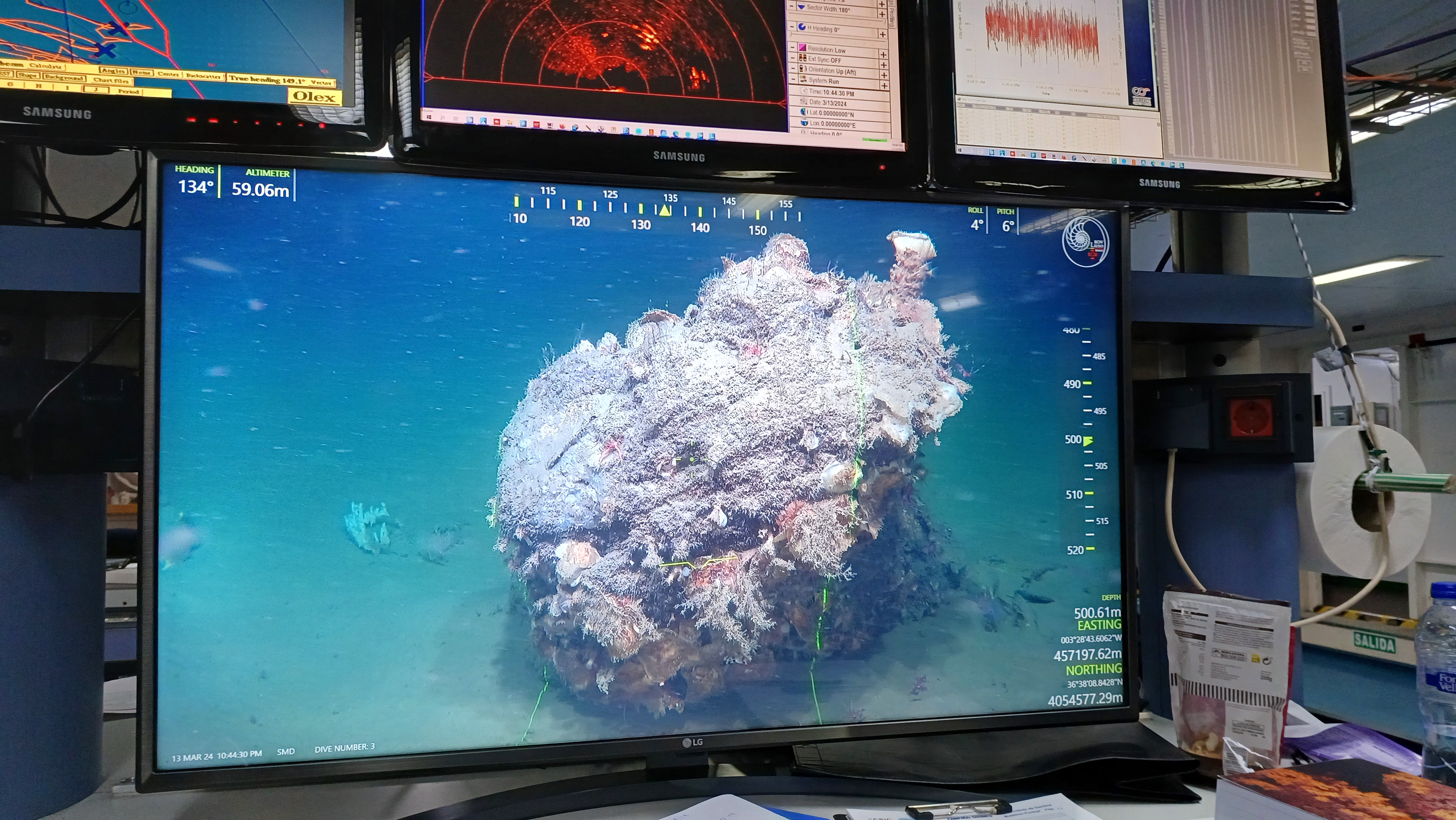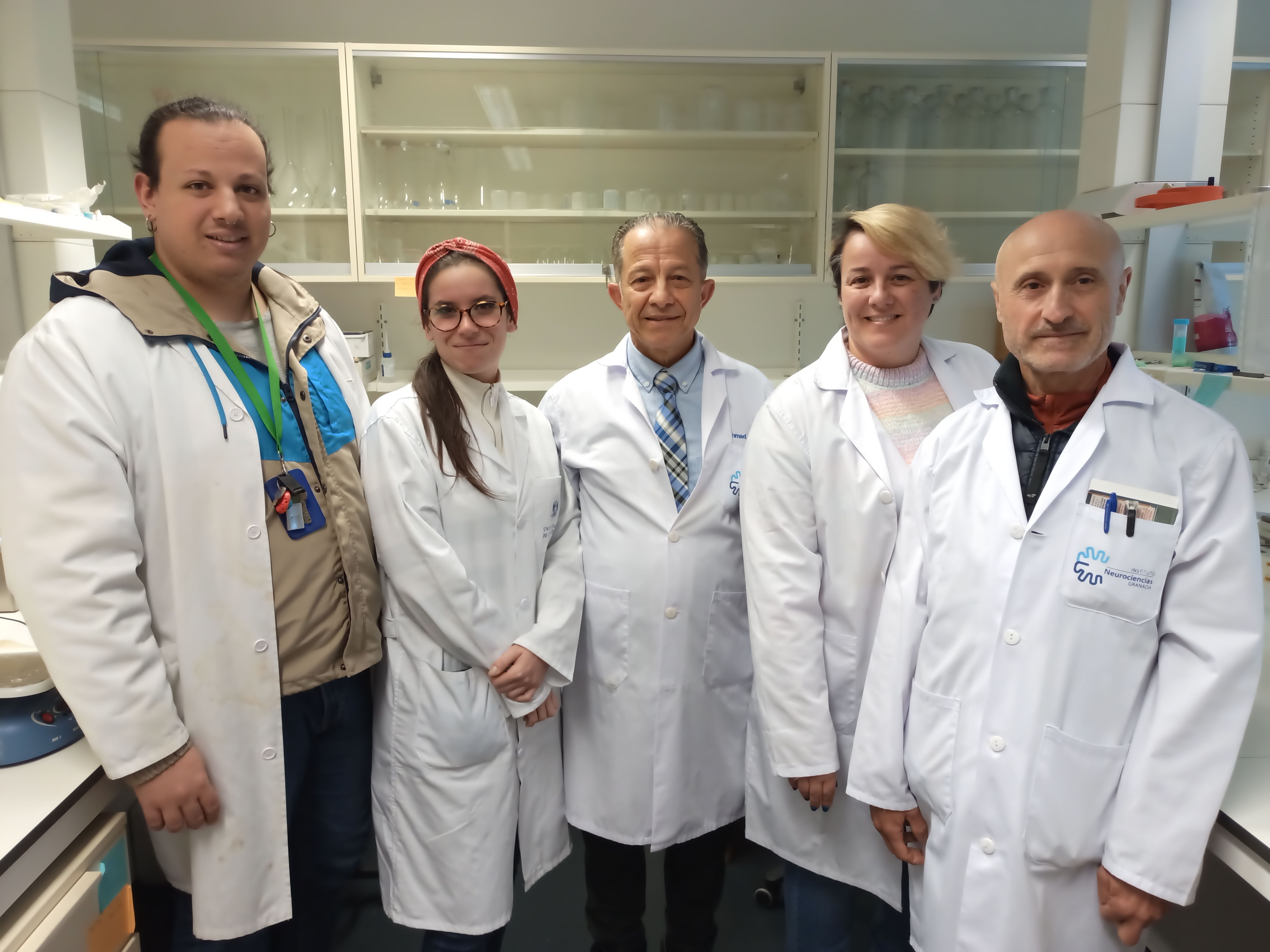
- An international team of scientists, including researchers from the University of Granada and the Institute of Astrophysics of Andalusia (IAA-CSIC), has identified five new rapidly-oscillating Ap (roAp) stars. Two of these stars are of particular interest: one of them is cooler than the norm, and the other is the fastest–pulsating roAp star discovered to date: it completes an oscillation every 4.7 minutes
- The researchers observed more than 32,000 stars during the first two months of operation of NASA’s Transiting Exoplanet Survey Satellite (TESS).
Using asteroseismological techniques (the study of stellar interiors, measuring the seismic oscillations on the surface of the star), an international team of researchers, in which the University of Granada (UGR) is participating, has discovered the fastest-pulsating rapidly-oscillating Ap (roAp) star known to date. This Ap star completes one oscillation in a period of just 4.7 minutes.
Focusing on a sample of 5,000 stars (out of the 32,000 stars observed in the first two months of operation of NASA’s Transiting Exoplanet Survey Satellite, or TESS), the researchers sought evidence of pulsations. Among other results, they identified five roAp stars, which are highly unusual. The results were published recently in the prestigious journal Monthly Notices of the Royal Astronomical Society.
While scrutinising the satellite’s ultra-precise data, this international research team found that two of these five stars were of particular interest to the field of stellar physics. One of them is cooler than roAp star theory would suggest; and the other presents unexpectedly high pulsation frequencies, making it the most rapidly-oscillating roAp star ever identified.
To find a star with such atypical characteristics is a tremendous feat for the Iberian scientific community. Among those taking part in the investigation are the UGR and the Institute of Astrophysics of Andalusia (IAA-CSIC), both of which belong to the TESS Asteroseismic Science Consortium (TASC). A further early success of the research is the publication of one of the first scientific papers to emerge from the extraordinary volume of data that TESS is generating.
Margarida Cunha of the Institute of Astrophysics and Space Sciences and the University of Porto is the lead researcher on this project. She explains the importance of studying these stars: “The TESS data show that less than 1% of all type-A stars are likely to oscillate rapidly (they usually do so much more slowly). However, the discovery of these rare pulsators can contribute significantly to the correct modelling of stellar evolution, because roAp stars constitute unique test beds for the modelling of the physical processes responsible for chemical element-segregation, such as atomic diffusion and radiative levitation.”
After conducting an in-depth analysis of 80 stars that were known to be chemically peculiar, the team then found 27 new Ap rotational variables and estimated their rotation periods. This calculation was based on the changes in luminosity that occur as the star rotates.
The Spanish contribution to the study
The Spanish research team worked on the analysis and interpretation of this first batch of data from the satellite. “Contrary to what one might think, the increasing quality of the data is actually a challenge in terms of their correct analysis,” comments Mariel Lares Martiz, who is currently writing her doctoral thesis on the analysis of ultra-precise photometric space data at IAA-CSIC, supervised by Rafael Garrido. Professor Garrido, of the Spanish National Research Council (CSIC), is head of the Stellar Physics research group at the IAA-CSIC and a pioneer in the study of stellar pulsation using space technology, having been the Spanish representative on the CoRoT space telescope mission.
Javier Pascual, who is a member of the same research group and is co-supervising the aforementioned thesis, is an expert in the study of light curves via satellite. He observes that these results “have forced us to investigate the way in which we examine the light curves of these stars, and we have had to develop new analysis algorithms based on knowledge derived from previous missions such as CoRoT and Kepler.”
High-precision photometric data were also collected for seven roAp stars previously known only from on-the-ground observations. For four of these stars, it was possible to set constraints on the inclination angle and magnetic obliquity.
Antonio García Hernández, researcher at the UGR’s Department of Theoretical Physics and Cosmology, explains that “the knowledge of the inclination of the star, or the magnetic field among these stars and others, which TESS will no doubt ascertain, represents a giant step toward better understanding the evolution of the stars, because rotation is a critical parameter.”
These latest results were made possible thanks to the fact that the TESS is continuously observing the stars for periods of at least 27 days, free from the interference of the Earth’s atmosphere—which terrestrial observatories simply cannot achieve.
“The discoveries made by the TESS, together with the data provided by its predecessors CoRoT and Kepler, which are second-to-none, are proving to be the best laboratory in which to develop the future mission of the European Space Agency, PLATO (PLAnetary Transits and Oscillations of Stars),” comments Juan Carlos Suárez, also of the UGR’s Department of Theoretical Physics and Cosmology, who is a member of the scientific panel of the PLATO mission.
The UGR scientist adds: “PLATO can not only characterise thousands of new planetary systems, but it will also provide invaluable information with which to better understand the structure and evolution of stars, by studying their oscillations, which is known as asteroseismology.”


Bibliography:
Cunha, V. Antoci, D. L. Holdsworth, D. W. Kurtz, L. A. Balona, Zs. Bognár, D. M. Bowman, Z. Guo, P. A. Kołaczek-Szymański, M. Lares-Martiz, E. Paunzen, M. Skarka, B. Smalley, Á. Sódor, O. Kochukhov, J. Pepper, T. Richey-Yowell, G. R. Ricker, S. Seager, D. L. Buzasi, L. Fox-Machado, A. Hasanzadeh, E. Niemczura, P. Quitral-Manosalva, M. J. P. F. G. Monteiro, I. Stateva, P. De Cat, A. García Hernández, H. Ghasemi, G. Handler, D. Hey, J. M. Matthews, J. M. Nemec, J. Pascual-Granado, H. Safari, J. C. Suárez, R. Szabó, A. Tkachenko, and W. W. Weiss. (2019). Rotation and pulsation in Ap stars: First light results from TESS sectors 1 and 2. Monthly Notices of the Royal Astronomical Society. Printed 5 June 2019.
Media enquiries:
Antonio García Hernández
Department of Theoretical Physics and Cosmology, University of Granada
Tel.: +34 958 249083
Email: @email
Juan Carlos Suárez Yanes
Department of Theoretical Physics and Cosmology, University of Granada
Tel.: +34 958 249056
Email: @email


